#pedro iv of portugal
Text

"There is a love story which has left a mark on the History of Portugal: the tale of forbidden love between Infante Peter and Inês de Castro, lady-in-waiting to his wife Constance. Although he was married, the Infante would have secret romantic meetings with Inês in the gardens of Quinta das Lágrimas. When Constance died in 1345, Peter and Inês lived as a married couple, a decision which angered King Afonso IV, his father, who was strongly opposed the relationship. The court and the people also disapproved of it.
Peter and Inês lived at Santa Clara Palace, in Coimbra, with their three children for many years. However, King Afonso IV, who was constantly under pressure because of the growing disapproval of the union within the court, decided to order the murder of Inês de Castro in January 1355. Deranged by pain, Peter led an uprising against the King and would never forgive his father for murdering his lover. When he finally took the crown in 1357, Peter ordered the arrest and execution of Inês’ murderers by ripping their hearts out. This action earned him the title of “the Cruel”. Later, after swearing that he had secretly married Inês de Castro, King Peter demanded that she be recognized as Queen of Portugal. In April 1360, he ordered the body of Inês to be moved from Coimbra to the Royal Monastery of Alcobaça, where two magnificent tombs were built so that he could rest next to his eternal lover forever."
Source: centerofportugal.com
#perioddramaedit#history#edit#history edit#pedro i#pedro of portugal#peter of portugal#ines de castro#portuguese history#14th century#sophia myles#kit harington#history lover#historian#historical figures#constance of portugal#alfonso iv of portugal#pedro e ines#pedro and ines#infante pedro#tragic love#love stories#historic love#women in history#historical
70 notes
·
View notes
Text

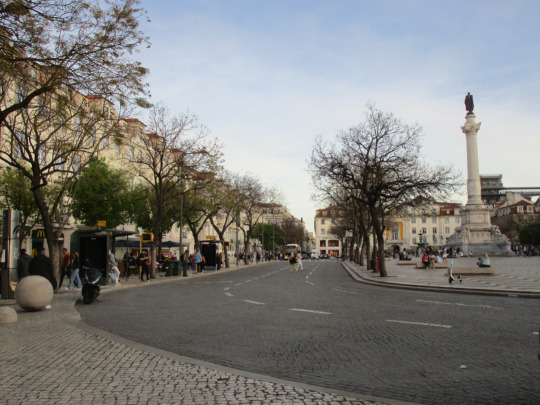
Judah Benoliel/LXR, Praça D. Pedro IV, Lisboa, Portugal, ca 1900 e em 2024
3 notes
·
View notes
Text
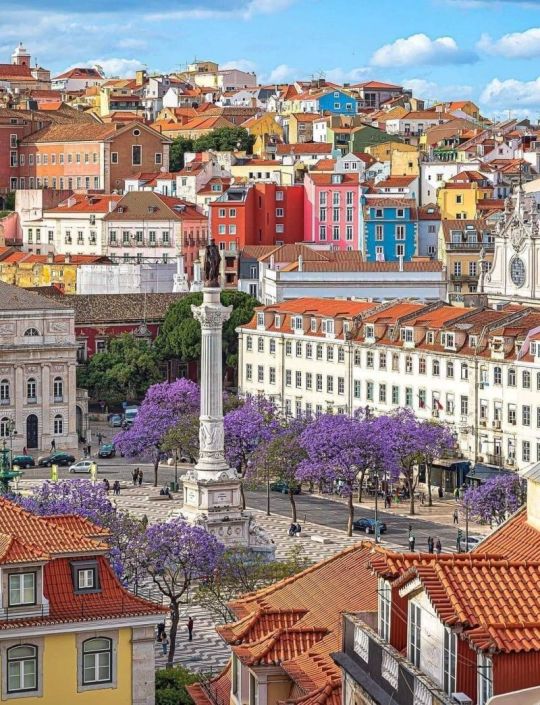
O Rossio é o nome popular da Praça Dom Pedro IV, Lisboa
5 notes
·
View notes
Photo
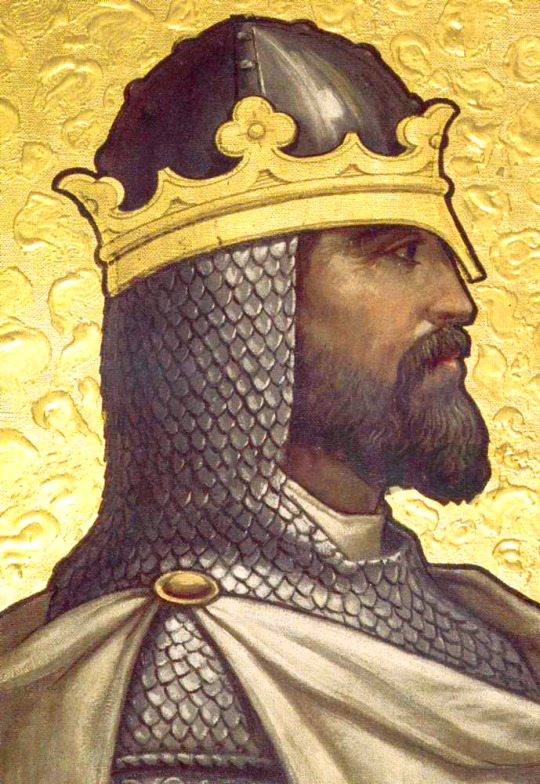

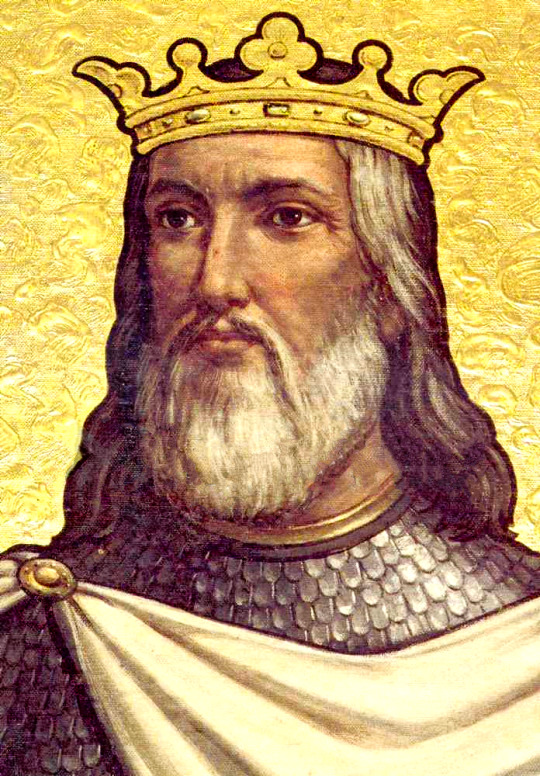






Portuguese monarchs: The House of Burgundy (Afonso Henriques, Sancho I, Afonso II, Sancho II, Afonso III, Denis I, Afonso IV, Peter I and Ferdinand I).
#reis de portugal#kings of portugal#reino de portugal#Alfonso henriquez#sancho i#alfonso ii#sancho ii#alfonso iii#dinis i#alfonso iv#pedro i#fernando i#house of burgundy#casa de borgonha#list of monarchs
12 notes
·
View notes
Photo




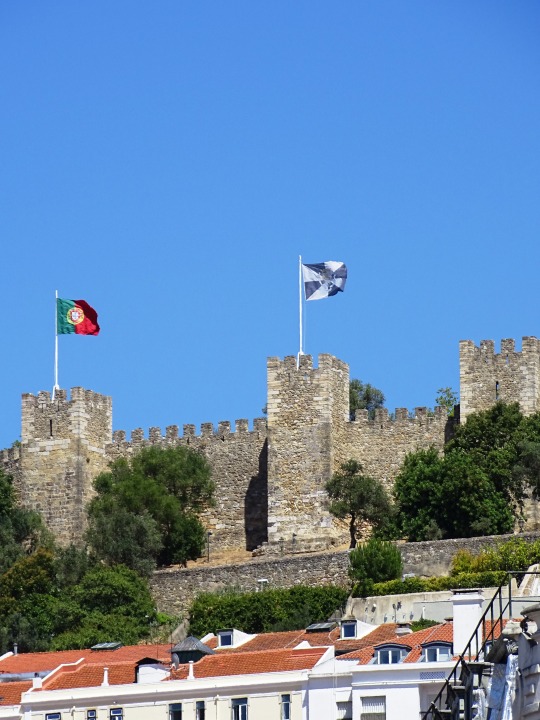


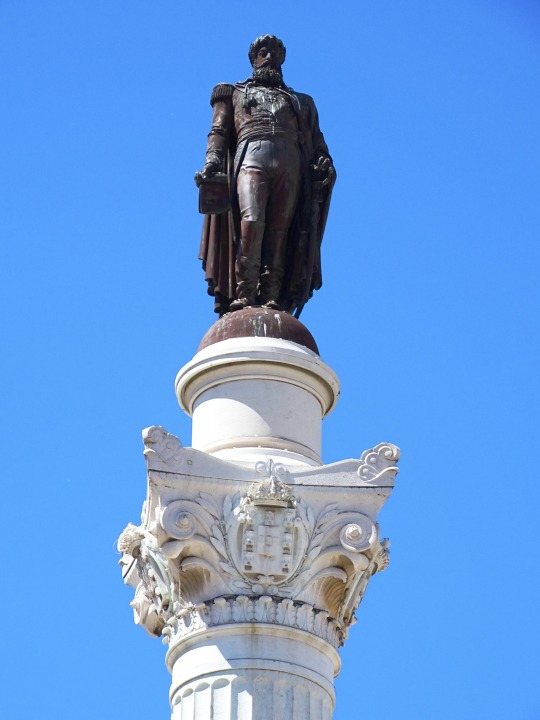
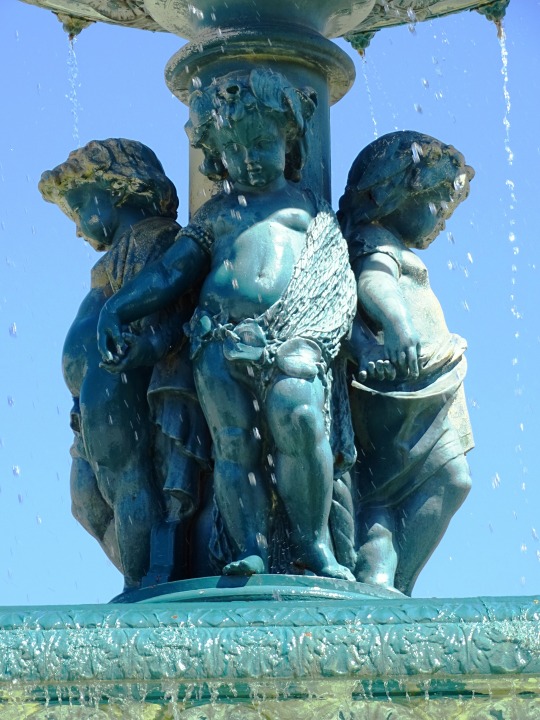
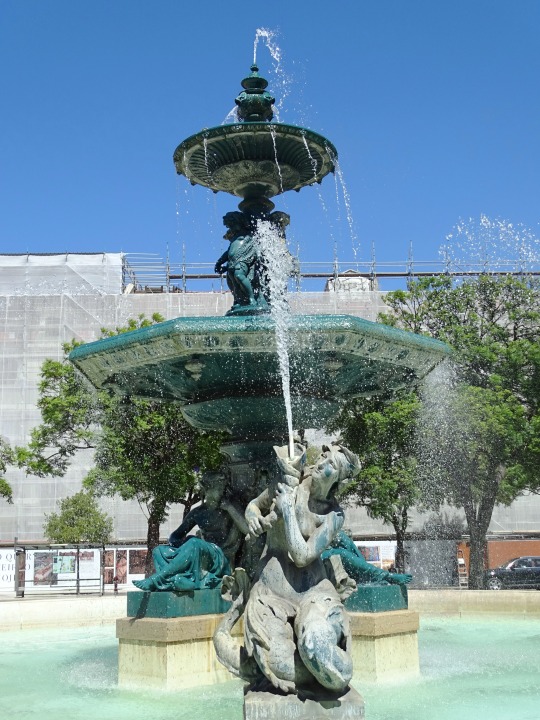
Rossio, Lisbon (No. 1)
The Rossio [ʁuˈsi.u] is the popular name of the King Pedro IV Square (Portuguese: Praça de D. Pedro IV) in the city of Lisbon, in Portugal. It is located in the Pombaline Downtown of Lisbon and has been one of its main squares since the Middle Ages. It has been the setting of popular revolts and celebrations, bullfights and executions, and is now a preferred meeting place of Lisbon natives and tourists alike.
The current name of the Rossio pays homage to Pedro IV, King of Portugal. The Column of Pedro IV is in the middle of the square.
Source: Wikipedia
#São Jorge Castle#Rossio Square#Praça D. Pedro IV#King Pedro IV Square#architecture#cityscape#fountain#Column of Pedro IV#landmark#Lisboa#D. Maria II National Theatre#Lisbon#Portugal#summer 2021#vacation#original photography#tourist attraction#sculpture#public art#travel#Southern Europe#King Peter IV of Portugal and the Algarves#detail#water#downtown#Pombaline
2 notes
·
View notes
Text
Heart of D. Pedro in Brazil sparks controversy and memes. Opposition requests trip
Heart of D. Pedro in Brazil sparks controversy and memes. Opposition requests trip
Surrounded by controversy, the loan of the heart of D. Pedro IV to celebrate the 200th anniversary of Brazil’s independence led the opposition, led by Senator Randolfe Rodrigues, to question the Brazilian government about the cost of the trip.
When the heart of the monarch Dom Pedro I in Brazil (IV in Portugal) arrived in Brasília on Monday, the parliamentarian, who chairs the Senate’s special…

View On WordPress
0 notes
Text
Parallels between D. Pedro I of Portugal, "The Cruel" and Rhaenyra Targaryen "The Cruel".

As we know... Rhaenyra Targaryen, a character from George R.R. Martin's "A Song of Ice and Fire" series, and D. Pedro I of Portugal, a historical figure, share some parallels which i find extremely interesting!
Loss of their loved ones :
Rhaenyra Targaryen and D. Pedro I of Portugal experienced heart-wrenching losses that led to civil wars against their own family.
Rhaenyra Targaryen : Rhaenyra lost her son, Prince Lucerys Velaryon, by her half-brother Aegon II's supporters. These tragedie fueled Rhaenyra's determination to claim the Iron Throne, leading to the devastating civil war known as the Dance of the Dragons, where she fought against her half-brother and his supporters for control of the Seven Kingdoms.
D. Pedro I of Portugal : Pedro's love for his mistress, Inês de Castro, led to a tragic turn of events. His father, King Afonso IV of Portugal, disapproved of Pedro's relationship with Inês and ordered her assassination in 1355. This brutal act led Pedro to rebel against his father, sparking a civil war known as the Crisis of 1383–1385. Pedro sought vengeance for Inês's murder and contested his father's authority, ultimately leading to the overthrow of the Portuguese monarchy and the establishment of Pedro as King D. Pedro I of Portugal.
Both Rhaenyra and D. Pedro I's civil wars were deeply personal, fueled by love, loss, and a desire for justice or vengeance against their own family members. These conflicts underscored the complexities of power struggles within ruling families and the lengths individuals would go to in order to protect their loved ones and assert their rightful claims.
Struggles for Succession :
Both Rhaenyra and D. Pedro I faced challenges regarding succession.
Rhaenyra Targaryen : she fought to claim the Iron Throne of Westeros, facing opposition from her half-brother, Aegon II.
D. Pedro I of Portugal : was involved in a struggle for succession in Portugal, particularly against his father, King D. João VI, and his father's supporters.
Family Conflicts :
Both figures were embroiled in familial conflicts.
Rhaenyra Targaryen : Rhaenyra's claim to the throne sparked a civil war known as the Dance of the Dragons, pitting different branches of House Targaryen against each other.
D. Pedro I of Portugal : Pedro faced tensions within his own family, including conflicts with his father, as well as disputes with his wife, Infanta Carlota Joaquina.
Assertive Actions :
Rhaenyra and D. Pedro I both took assertive actions to secure their positions.
Rhaenyra Targaryen : Rhaenyra actively sought allies and military support to strengthen her claim to the throne.
D. Pedro I of Portugal : D. Pedro I engaged in strategic maneuvers and military actions to consolidate his power and assert his authority, notably during the Liberal Wars in Portugal.
Controversial Reigns :
Both figures had controversial reigns marked by conflict and instability.
Rhaenyra Targaryen : Rhaenyra's reign as queen was short-lived and tumultuous, characterized by the civil war that erupted over her claim to the throne.
D. Pedro I of Portugal : D. Pedro I's reign in Portugal was also marked by political unrest and conflict, including his involvement in the Liberal Wars and the struggle to establish a stable government.
The title "The Cruel" :
"The Cruel" as been associated with both Rhaenyra Targaryen and D. Pedro I of Portugal, though in different contexts.
Rhaenyra Targaryen : In George R.R. Martin's "A Song of Ice and Fire" series, Rhaenyra Targaryen is sometimes referred to as "Rhaenyra the Cruel." This epithet reflects her actions during the Targaryen civil war known as the Dance of the Dragons, where she displayed ruthlessness and brutality in her pursuit of power.
D. Pedro I of Portugal : Pedro I of Portugal is also known by the epithet "Pedro the Cruel" or "Pedro the Just." This title stems from his actions during the Crisis of 1383–1385, particularly his ruthless pursuit of vengeance for the murder of his beloved Inês de Castro. Pedro's actions during this time, including the execution of political opponents and enemies, earned him a reputation for cruelty among some contemporaries.
While Rhaenyra Targaryen is a fictional character and D. Pedro I of Portugal was a historical figure, their stories share intriguing parallels in terms of their struggles for power, familial conflicts, and controversial reigns.
I found this quite interesting, I hope you found it interesting too. 😁
#asoiaf#a song of ice and fire#a son for a son#rhaenyra targaryen#house targaryen#house of the dragon#hotd#game of thrones#got#daemon targaryen#lucerys velaryon#D.Pedro#Portugal#history
23 notes
·
View notes
Text
So there once was a woman named Inês de Castro
She was a lady-in-waiting of Constance of Castile a noblewoman
This noblewoman got married with Peter I king of Portugal
Apparently the marriage was arranged against their both will
They didn’t love each other
Instead the king fell in love with Inês
When the queen died King Afonso IV of Portugal, Pedro's father, tried to remarry his son
But Pedro refused to take a wife other than Inês, who was not deemed eligible to be queen
After several attempts to keep the lovers apart, Afonso IV ordered Inês' death
Enraged, Peter revolted against his father
Afonso defeated his son within a year, but died shortly thereafter, and Peter became king
According to legend, Peter later had Inês' body exhumed and placed upon a throne, dressed in rich robes and jewels
He also required all of his vassals to kiss the hand of the deceased "queen"
So now I cannot stop thinking about canon divers where Ed DID DIE
And Stede is so devastated and in grief that he cannot accept this reality
So, he pretends that Ed is still here still alive and well
He places his body on a chair and settee
Let’s make you comfortable love
He dresses him in best clothes
Red looks good on you dear
He gives him jewels and gold
Which one do you like most darling?
The whole crew including Izzy got the creeps but they exhausted and abused and don’t have enough willpower to contradict Stede on this one
Izzy thinks that it is deeply unhealthy but he’s on a guilt trip so he’ll let Stede have it
Especially because Stede asks his opinion how to make things better for “Ed”


#stedward#gentlebeard#ofmd 2#ofmd#ofmd season 2#ofmd s2#stede bonnet#ofmd stede#stede fucking bonnet#ofmd edward teach#edward teach#ed x stede#blackbeard
18 notes
·
View notes
Note
ana can you explain the liberal wars in simple terms? i visited algarve recently and the tour guide (like yours where it's mostly related to history) talked about the war between the brothers and a guy named remexido(?)
Just yesterday I told my boyfriend to please ask his coworker who graduated in history for a book on the civil war because thats the one thing I'm not good at lmao I didn't even know who Remexido was but apparently he was a guerrilla fighter from the Algarve which yay but fought on the side of Miguelistas which nay
The liberal wars was between Pedro IV of Portugal, better known as Pedro I fo Brazil, who was its first Emperor after declaring its independence, then to quote a brazilian client I had once, homeboy was a better king for the portuguese than he was an emperor for the brazilian... He basically stepped down and answered the plea from Portugal to come back here and kick his brother off the throne.
Now, his brother is Miguel I, the absolutist
Important background is that Portugal was an absolutist country thruoghout the 18th century, which means the king held absolute power. Think Louis the XIV level. Not only does the king have last say about everything government related, he works hand in hand with the church, who is below him (except the Inquisition) and he is celebrated as Godsend's. He is the centre of the universe. Its a time of extravagance, of theatricality, of excess, and the people, as you might imagine, are dirt poor.
This is essentially a kicker into the French Revolution, as you might imagine.
But with portugal, there's the Napoleon problem. Napoleon sends out General Junot to invade Portugal after successfully capturing spain, and on 1808 Junot arrives.
The Portuguese monarchy realised we did not have the arms to face off this guy, and the english, with whom we'd signed a treaty in 1387 and had always upheld it, said they were too busy fighting the french elsewhere... we needed to sort ourselves out. It was obvious by now that an invasion would be unstoppable. We did not have the navy nor the weapons to fight it off. So, the king, John VI, who by now is king because his mother, Maria I, went insane, decided to deceive Napoleon. He uprooted the government and took everyone to BRazil. He established court there and changed the name of his kingdom slightly to the kingdom of Portugal and brazil, it was something like that And then he made the capital city Rio de Janeiro. All in all he took with him about 100.000 people, nobility and court members as well as government. When Junot arrived, he was greeted by a Regency Government that basically said "step right in"
It was a way to show Junot that there was no government to overthrow and that he and his troops had been formally invited. Junot lived here until Napoleon told him to go pound sand somewhere else, and in the time he did, he fucked everyone's wife, lived in complete excess, and angered virtually everyone.
So, two more "invasions" happen, and by the third that's when Wellington and his beef come along to (this time, successfully) fend off the french.
And then, what happened was that this single event changed the country forever.
You'd be surprised to find how many in portuguese society were for Napoleon. Overall in Europe Napoleon was seen as the dude who was going to change the modern world, and it was actually accepted that he was undefeatable. When looking at the case of Portugal and Spain, most countries just went "submit bro there's no turning around". So it was a bit of a surprise that in the end backwards catholic portugal and the english won.
For example, the painter Vieira Portuense, arguably the most celebrated artists of portuguese neo-classicism and someone who met and hung out with Angelica Kauffmann, was so in favour of Napoleon not only was he arrested for it, he had to leave the country to escape persecution. There are paintings of him that originally had Napoleon's eagle hidden in it, but he had to repaint it to not offend anyone.
Basically, Napoleon offered a liberal alternative to the absolutist nightmare that was our country. Napoleon was the opposite of what Portugal was: a country ruled by a royal family who relished in absolute excess and also ruled by the church, and a country where the church held not just a monopoly on riches but controlled the country, so much so that the inquisition was still here despite the Marquis of Pombal's efforts to reduce its power. And a country that was mostly rural, ignorant, illiterate and extremely, painfully catholic. Liberals saw in Napoleon the chance to grow past this, embrace enlightenment, to evolve past catholic fervor.
These ideals, even long after Napoleon's death, will remain. Napoleon will influence the country enough that it will infect it with new liberal ideas and change the 19th century forever.
The absolutist monarchy stood against everything Napoleon defendedm because if those things were abolished, they would go to shit.
So when the french are kicked out, the english stay. General Beresford basically becomes a de facto king in the king's absence, because John VI turns out enjoyed the brazilian weather a lot more.
Now excuse me cause this is the part I'm not too familiar with. I was actually looking at a series of books by Laurentino Gomes on the topic. he's a brazilian historian who wrote about the portuguese court in brazil and slavery, so here's a tip for those like me who want to know where to start. What I'm not very familiar with is the court in brazil.
Basically, at a certain point, the king is forced to come back and get rid of General Beresford. The anti-british sentiment in the country that prevailed through the 19th century starts here, with Beresford benefitting a lot of his countrymen and repressing anyone who stands against him. THe book Felizmente Há Luar, which we had to study in school and is about the failed revolt by Gomes Freire, is about this exact fact.
There's a character here I haven't mentioned. Carlota Joaquina, wife of John VI, and arguably the vilest woman to have ever lived in this country. By "vile" I mean, spotting a hot guy on the way, finding out who he is, and having his wife killed so she can fuck him. It's downright insane. And Carlota Joaquina was the great manipulator behind her son, Miguel I.
WHile the royal family comes back to portugal, Pedro IV stays in Brazil. What led to the Ipirange scream is another thing I'm not familiar wiht but the presence of the royal family in Brazil reinforced the wish for independence. Maybe a brazillian follower can chime in and explain this a lot better (I'd actually REALLY appreciate that!!)
Pedro IV ends up declaring Brazil an Empire, this becoming Pedro I. I think it's shortly after that John VI, the man who hid chicken legs in his coat pockets out of fear of being poisoned, died by poison. Thus, his son Miguel gets to the throne
Now Liberal sentiment since Napoleon had grown considerably, and by now, Miguel is not happy, so he conducts a "purge". He leads a very repressive regime against Liberals, which lead them to contact Pedro in Brazil and ask him to come here and get rid of his brother.
I seriously don't know what leads to Pedro stepping down and his daughter Maria ascending to the throne (again, if another brazilian wants to either fact check me or teach me, I'm more than happy to hear), but Pedro comes to Portugal precisely to fight a war against his brother.
And that's the civil war.
Listen, in the middle of all of this, the root cause of the fight, is the Constitutional Charter. The Constitutional Charter had been approved in 1821, but barely upheld. I believe Miguel's mistake was to refuse the Constitutional Charter, as it was against absolutist ideals. Think of the constitutional charter as something like the 19th century Magna Carta, what limited a king's ability to jsut rule over everything and delegate the government to a parliament.
Another point of contention was the church. By now, the Inquistion is finally abolished (1820) but the church still holds IMMENSE power over the country. Liberals want something VERY CLOSE to a secular state. They want the people to have access to education outside of the church, and they want the extinction of monastic orders (which they will achieve in 1834). The absolutists can only exist with the church and its power, so Miguel is naturally against this.
Pedro IV ends up winning the war, and his brother is sentenced to exile and signs a contract stating his side of the family can never, ever take the throne. Fun fact: the "Duque of Braganza", the only remnant of the royal family we have today and who is at the head of the monarchist party, actually descends from Miguel. So you want to have an argument against him, just say "maybe your ancestor shouldn't have lost the war".
I don't know much about the liberal wars, but I know that, like the war againsat napoleon, it involved a lot of guerrilla. A notorious moment was the siege of Porto, in which Porto held strong agaisnt the absolutists (so, Miguel) so spectacularly (they even bombed Clérigos), Pedro IV left it in his will that his body should be buried in Brazil but his heart belonged to Porto. His heart is still there lmao
Again, if any brazilian reading this wants to add whatever, I'm more than happy to hear cause this is an episode of both our histories I am lacking in a lot
16 notes
·
View notes
Text
As an update, when we have thrown off the domineering Habsburgs of Castille, the Braganza Tournament will begin. (Which is to say, we begin on January first, or when the @best-habsburg-monarch tournament ends.) In the next few days, rules and outlines will be posted. From João IV of Portugal to Pedro II of Brazil and both Maria I and the II of Portugal we will show the splendor of our serene house. (We will also include illustrious figures such as Maria Ana of Austria and, of course, Maria Leopoldina, and Carlota Joaquina)
13 notes
·
View notes
Photo

Karl Pavlovich Bryullov (Russian, 1799-1852)
The Death of Inês de Castro, Morganatic Wife of Don Pedro, Infant of Portugal, 1834
The Mikhailovsky Palace
The painting is based on an event from Portuguese history described in Luís de Cam es epic poem Os Lusíadas. Inês de Castro was the morganatic wife of Pedro, son of King Afonso IV who was killed by the courtiers lvaro Gonçalves, Pêro Coelho and Lopes Pacheco with the agreement of Alfonso IV. Karl Brullov is known to have painted the picture in the space of seventeen days in Milan in 1834. It was then exhibited at the Pinacoteca di Brera that same year.
#Karl Pavlovich Bryullov#ines des castro#Inês de Castro#world history#european history#art#fine art#russia#russian#iberia#portugal#europe#europa#european#european art#western civilization#blonde#woman
52 notes
·
View notes
Text
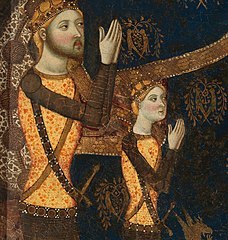

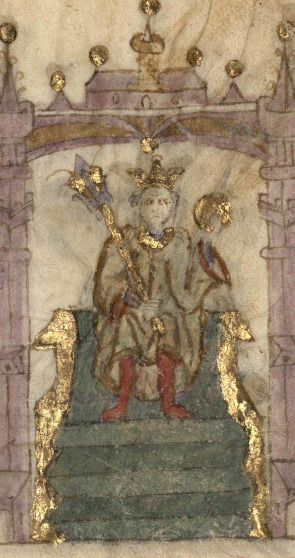
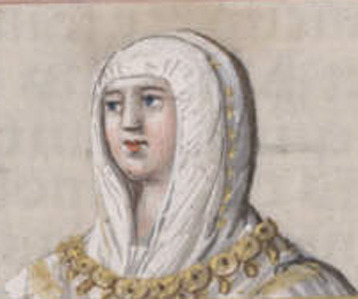
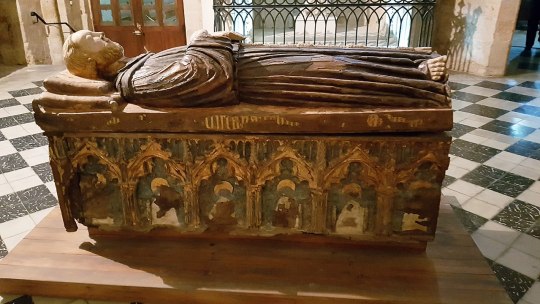
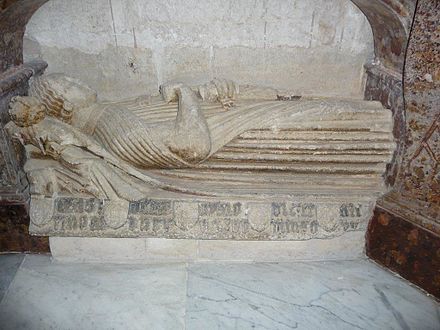

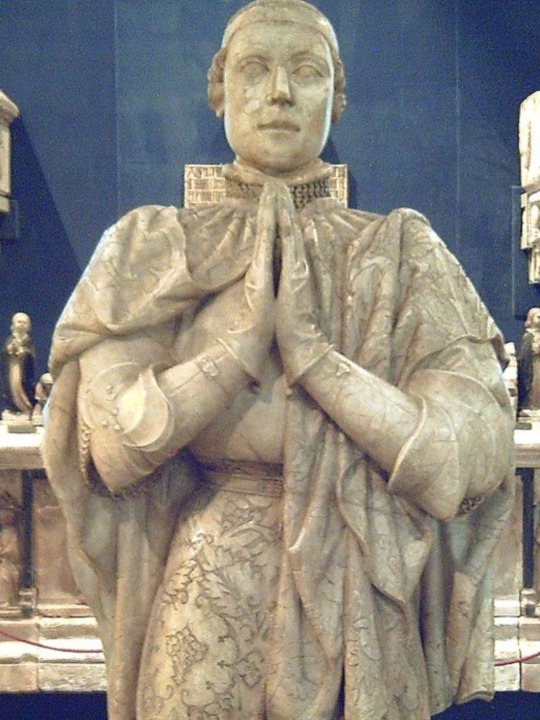
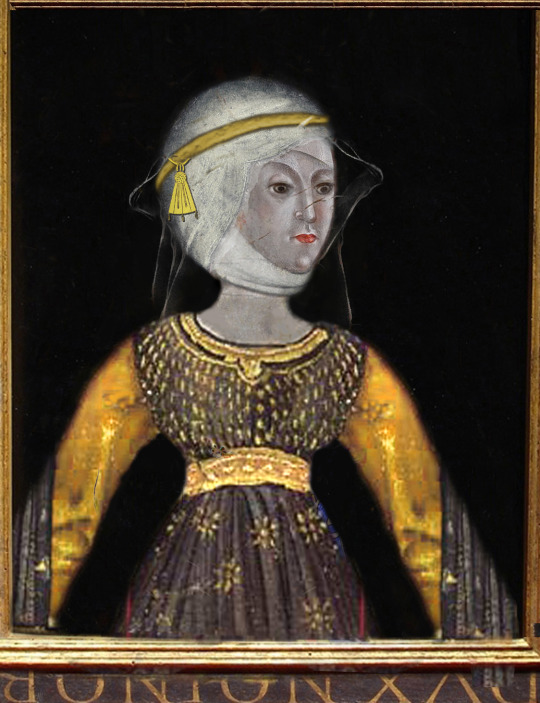

The Bastard Kings and their families
This is series of posts are complementary to this historical parallels post from the JON SNOW FORTNIGHT EVENT, and it's purpouse to discover the lives of medieval bastard kings, and the following posts are meant to collect portraits of those kings and their close relatives.
In many cases it's difficult to find contemporary art of their period, so some of the portrayals are subsequent.
1) Henry II of Castile ( 1334 – 1379), son of Alfonso XI of Castile and Leonor de Guzmán; and his son with Juana Manuel de Villena, John I of Castile (1358 – 1390)
2) His wife, Juana Manuel de Villena (1339 – 1381), daughter of Juan Manuel de Villena and his wife Blanca de la Cerda y Lara; with their daughter, Eleanor of Castile (1363 – 1415/1416)
3) His father, Alfonso XI of Castile (1311 – 1350), son of Ferdinand IV of Castile and his wife Constance of Portugal
4) His mother, Leonor de Guzmán y Ponce de León (1310–1351), daughter of Pedro Núñez de Guzmán and his wife Beatriz Ponce de León
5) His brother, Tello Alfonso of Castile (1337–1370), son of Alfonso XI of Castile and Leonor de Guzmán
6) His brother, Sancho Alfonso of Castile (1343–1375), son of Alfonso XI of Castile and Leonor de Guzmán
7) Daughters in law:
I. Eleonor of Aragon (20 February 1358 – 13 August 1382), daughter of Peter IV of Aragon and his wife Eleanor of Sicily; John I of Castile's first wife
II. Beatrice of Portugal (1373 – c. 1420) daughter of Ferdinand I of Portugal and his wife Leonor Teles de Meneses; John I of Castile's second wife
Son in law:
III. Charles III of Navarre (1361 –1425), son of Charles II of Navarre and Joan of Valois; Eleanor of Castile's huband
8) His brother, Peter I of Castile (1334 – 1369), son of Alfonso XI of Castile and Mary of Portugal
9) His niece, Isabella of Castile (1355 – 1392), daughter of Peter I of Castile and María de Padilla
10) His niece, Constance of Castile (1354 – 1394), daughter of Peter I of Castile and María de Padilla
#jonsnowfortnightevent2023#henry ii of castile#john i of castile#juana manuel de villena#eleanor of castile#alfonso xi of castile#leonor de guzmán#tello alfonso of castile#sancho alfonso of castile#peter i of castile#constance of castile#isabella of castile#asoiaf#a song of ice and fire#day 10#echoes of the past#historical parallels#medieval bastard kings#bastard kings and their families#eleanor of aragon#beatrice of portugal#charles iii of navarre#canonjonsnow
14 notes
·
View notes
Text





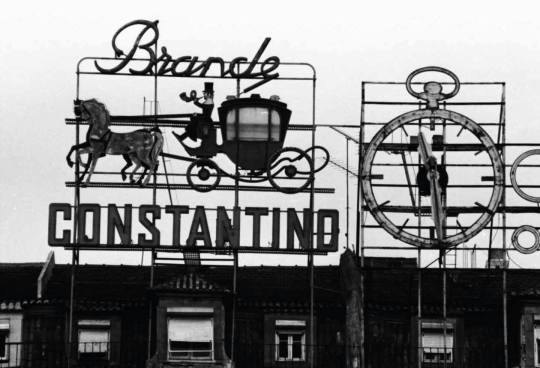
Daniel Blaufuks, Estruturas de suporte e publicidade (neons), Rossio, Lisboa, Portugal,1981
0 notes
Photo

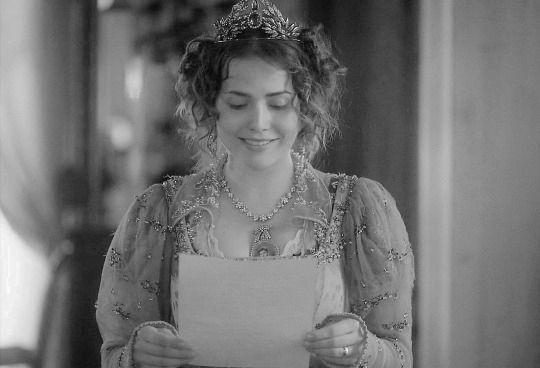



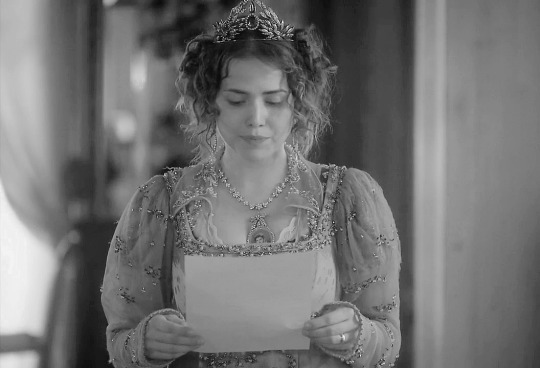

♕ 200 years since the Prince Regent Dom Pedro declared the Independence of Brazil from the United Kingdom of Portugal, Brazil and the Algarves — 7 SEPTEMBER 1822
On September 2, 1822, a new decree from Portugal arrived in Rio de Janeiro while the Prince Regent of Brazil, Dom Pedro, was in a political tour in the Province of São Paulo. The letter overturned the Brazilian government and demanded the immediate return of Pedro to Portugal. Since August 13 the Princess Maria Leopoldina of Austria was the Acting Princess Regent of the Kingdom of Brazil and head of the Council of State in the absence of her husband. Aware that Portugal intended to relegate Brazil again to the status of a simple colony rather than a kingdom united to that of Portugal and fearing a civil war the Princess acted imediately. Maria Leopoldina met in the morning of 2 September 1822 the minister José Bonifácio de Andrada e Silva and summons the Council of State. She signs on that day the Decree of Independence, declaring Brazil separate from Portugal. Leopoldina sends Pedro the news, along with letters from her and from José Bonifácio urging him to proclaim the independence of Brazil. In her letter Maria Leopoldina warns: “The pommel is ripe, pick it up already, or it will rot.”.
On September 7, 1822 at the shore of the Ipiranga River the letters reached the Prince. Dom Pedro turned to his companions and spoke: “Friends, the Portuguese Cortes want to enslave and pursue us. From today on our relations are broken. No ties can unite us anymore” and continued after he pulled out his armband that symbolized Portugal: “Armbands off, soldiers. Hail to the independence, to freedom and to the separation of Brazil from Portugal!”. He unsheathed his sword affirming that “For my blood, my honor, my God, I swear to give Brazil freedom,” and cried out: “Brazilians, from this day forward our motto will be Independence or Death!”. This event is remembered as the “Cry of Ipiranga”. The Prince and Princess then became Emperor Dom Pedro I of Brazil and Empress Consort Maria Leopoldina of Austria, inauguring the Empire of Brazil (1822-1889).
Caio Castro as Emperor Dom Pedro I of Brazil and King Dom Pedro IV of Portugal and Letícia Colin as Princess Maria Leopoldina of Austria, the Empress Consort of Brazil, Queen Consort of Portugal and Archduchess of Austria in “Novo Mundo” (2017).
#novo mundo#perioddramaedit#historyedit#weloveperioddrama#perioddramasource#onlyperioddramas#historicwomendaily#periodedits#userperioddrama#braziliansource#periodedit#women in history#period drama#brazilian history#history#brasil#brazil#maria leopoldina#maria leopoldina of austria#dom pedro i#independência do brasil#pedro i of brazil#novomundoedit#mine#mine: edit#mine: novo mundo#mine: maria leopoldina#mine: dom pedro i#mine: novela#mine: brazilian tv
92 notes
·
View notes
Text

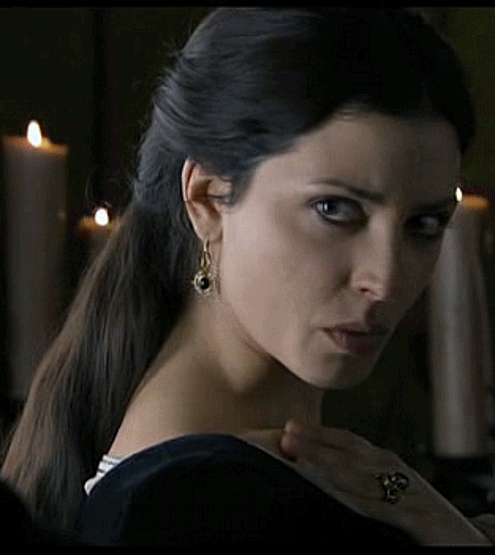

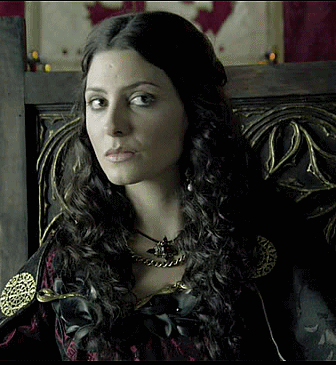
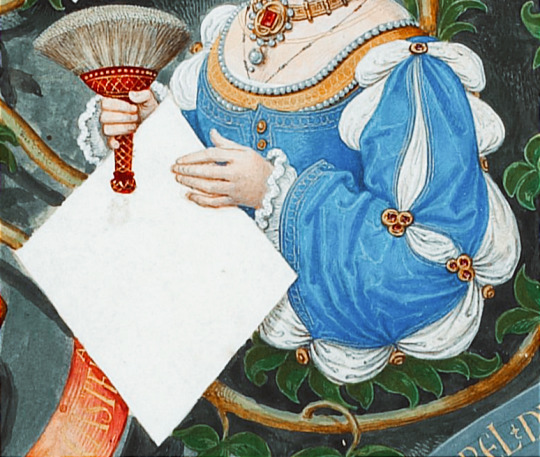
Juana of Portugal (1439-1475)
She was the posthumous daughter of King Duarte of Portugal and his wife Leonor of Aragon. Juana grew up in exile with her mother, due to the intrigues of the Portuguese court, and lived first at the Monastery of Santa María in Medina del Campo and later in Toledo, where Leonor of Aragon died. At the age of six, Juana returned to the Portuguese court of her brother Afonso V.
In 1455 the young Juana married her cousin Enrique IV of Castile, who had repudiated his first consort after thirteen years of marriage. The couple produced no children. The marriage was annulled on the grounds of an impotence that was specific rather than general, an impotence that applied only to Enrique’s relationship with Blanca of Navarre. Yet such an extraordinary explanation amounted to a case of maleficium (spell), with the clear implication that Blanca was the guilty party, and in addition she was obliged to leave Castile and return to Navarre.

Juana of Portugal was described as beautiful, cheerful and coquettish. The sources speak of the licentiousness introduced by the young Queen and her ladies in the austere Castilian court. They liked to use perfums, makeups, dresses that displayed too much décolletage, and flirting with men. One of her ladies, Guiomar de Castro, was King’s mistress, causing the anger of the Queen, and other, Mencía de Lemos, was Cardinal Mendoza’s mistress.
Six years after her wedding, Queen Juana was pregnant. Some say it was a miracle, others that it was the result of some sort of artificial insemination that the couple had tried, as was recorded by a german traveler. During this period, Juana insisted that Enrique's teenaged brother and sister, Alfonso and Isabel, forcefully be brought to the court and away from their sick mother. Many saw this as a way of making sure her daughter's path to the crown would encounter no obstacles. The Queen gave birth to a daughter named Juana, officially proclaimed heir to the Crown of Castile and created Princess of Asturias.
Queen Juana planned the marriage between her sister-in-law, Isabel of Castile, and her brother Afonso V of Portugal, and her daughter with her nephew Prince Joao. She wanted with these weddings an annexation of the Crown of Castile with the kingdom of Portugal.
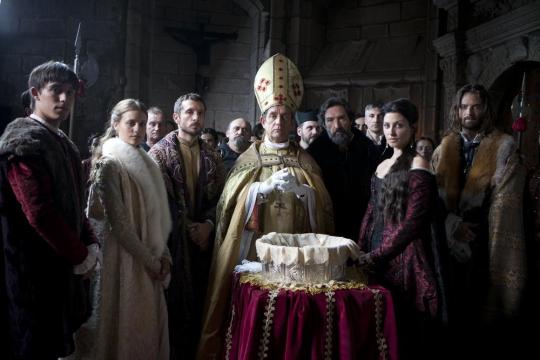
In early 1460s, Castilian nobles became dissatisfied with the rule of Enrique IV, and believed that Princess Juana was not King’s daughter. They called her la Beltraneja, a mocking reference to her supposed illegitimacy. Propaganda and rumour encouraged by the league of rebellious nobles argued that her father was Beltrán de la Cueva, a royal favorite of low background who had been elevated to enormous power by Enrique and who, by some, has been suggested as Enrique's lover.
Many nobles refused to recognise Princess Juana and preferred that Enrique instead name his younger half-brother, Alfonso as his heir. This was agreed to on the condition that Alfonso marries little Juana. Not long after this, Enrique reneged on his promise and began to support his daughter's claim once more. The nobles in league against him conducted a ceremonial deposition-in-effigy of Enrique outside the city of Avila and crowned Alfonso as a rival king.

Queen Juana and her daughter were removed from the court. They lived in various castles as hostages, separately or together, protected by a faction of the nobility. The love affair of Queen Juana with the Bishop Fonseca’s nephew, Pedro of Castile, and the birth of her two illegitimate sons, caused great scandal. As a result of the need to conceal the pregnancy of her illegitimate sons, Juana of Portugal is considered the inventor of the farthingale.
In 1468, Alfonso of Castile died and Princess Juana was stripped of her succession-rights. Her aunt, Infanta Isabel, was placed before her, on condition that Isabel marry a man chosen out by the monarch. Queen Juana and her daughter sent a formal appeal to the Supreme Pontiff. Enrique accepted to divorce his wife and send her to Portugal, but Juana remained in Castile as king's wife, though separated of her husband. Isabel married Fernando of Aragon with the opposition of Enrique IV.
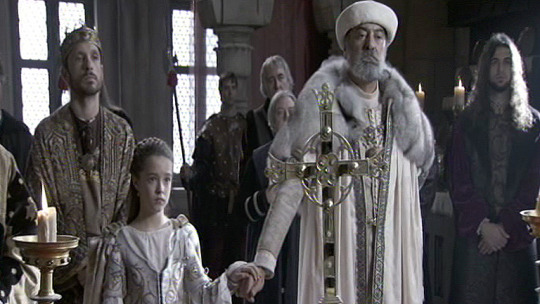
In 1470, Princess Juana was engaged and then married by proxy to the Duke of Guienne, brother of Louis XI of France. In the face of the French ambassador, King Enrique and Queen Juana swore before a crucifix that the Princess was their legitimate daughter. The French marriage never consummated, because the duke died two years later in France. Queen Juana always defended her daughter’s rights to the throne, and she had an active political participation. Queen Juana tried to get the support of nobles and cities, but with meager success and without palpable results. In 1474, Enrique IV died at the Alcázar of Madrid and rumors circulated that the late monarch had been poisoned, his wife and his daughter demanded an investigation. Queen Juana died a few months after her husband’s death at the age of 36. In the last months of her life, she lived at the convent of San Francisco in Madrid. The cause of her death is unknown.
Bárbara Lennie played Juana of Portugal in TV series "Isabel"
#juana de portugal#juana de avis#joan of portugal#women in history#spanish history#barbara lennie#Isabel tve#enrique IV#juana la beltranejs#juana de trastamara#juana de castilla
24 notes
·
View notes
Photo
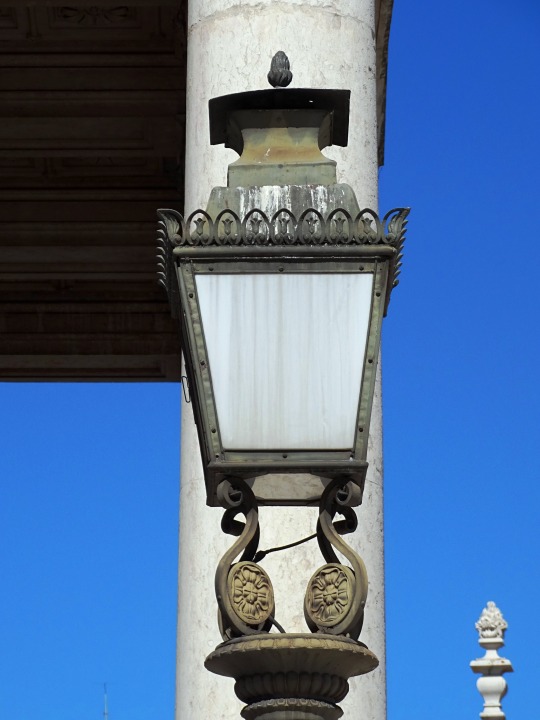


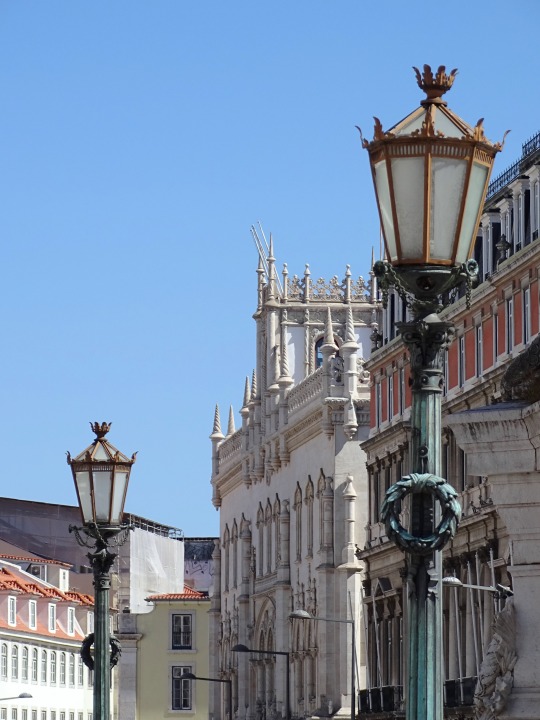

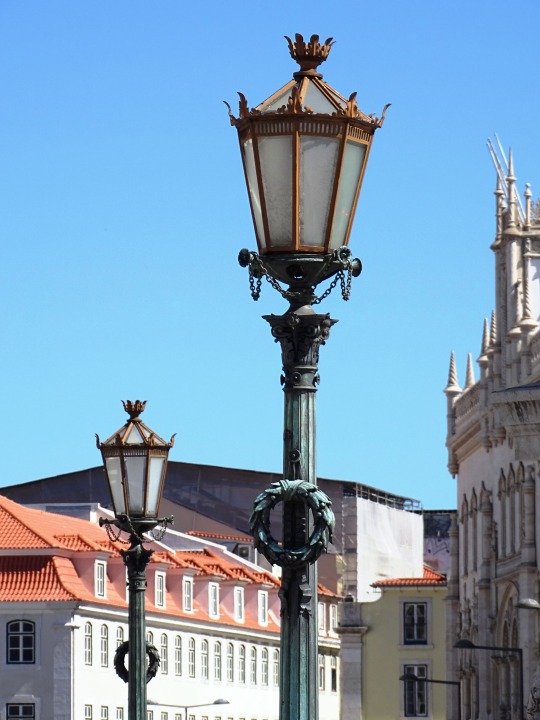

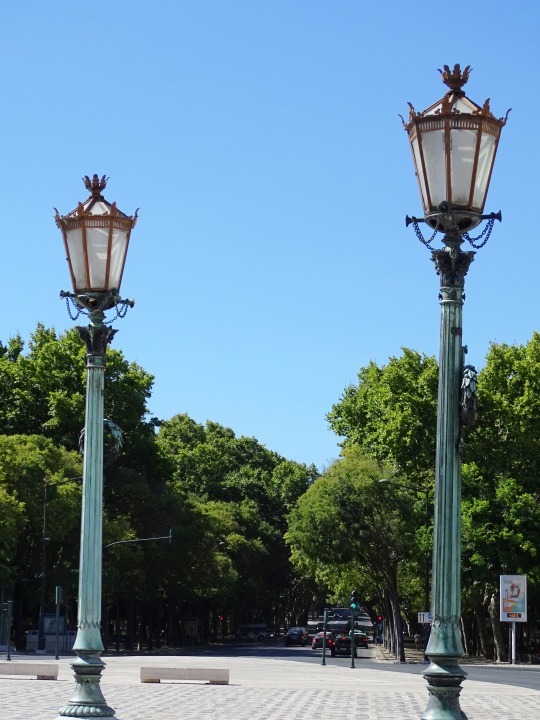

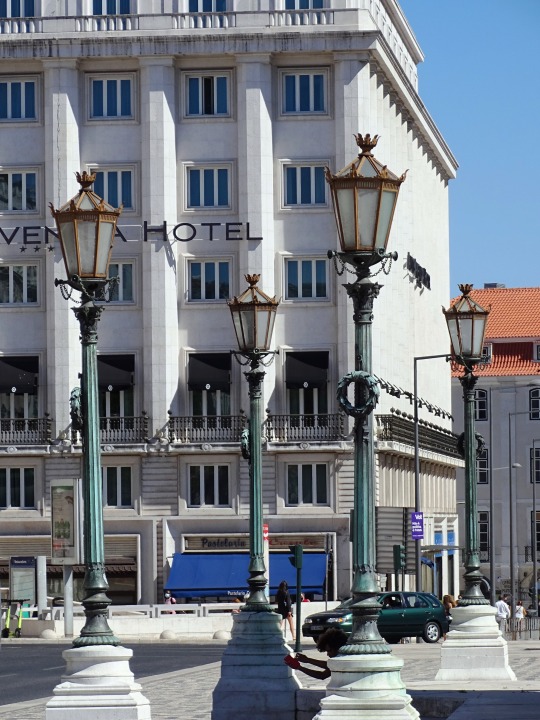
Street Lamps, Lisbon (No. 3)
Lisbon (Portuguese: Lisboa) is the capital and the largest city of Portugal, with an estimated population of 544,851 within its administrative limits in an area of 100.05 km2. Lisbon's urban area extends beyond the city's administrative limits with a population of around 2.7 million people, being the 11th-most populous urban area in the European Union. About 3 million people live in the Lisbon metropolitan area, making it the third largest metropolitan area in the Iberian Peninsula, after Madrid and Barcelona. It represents approximately 27% of the country's population. It is mainland Europe's westernmost capital city and the only one along the Atlantic coast. Lisbon lies in the western Iberian Peninsula on the Atlantic Ocean and the River Tagus. The westernmost portions of its metro area, the Portuguese Riviera, form the westernmost point of Continental Europe, culminating at Cabo da Roca.
Source: Wikipedia
#street lamp#street light#downtown#Lisbon#Lisboa#original photography#Restauradores Square#Praça dos Restauradores#Rossio Square#Praça de D. Pedro IV#D. Maria II National Theatre#Rua Augusta#Rua Augusta Arch#Arco da Rua August#Rossio railway station#Estação de Caminhos de Ferro do Rossio#tourist attraction#landmark#summer 2021#Portugal#Southern Europe#architecture#cityscape
3 notes
·
View notes